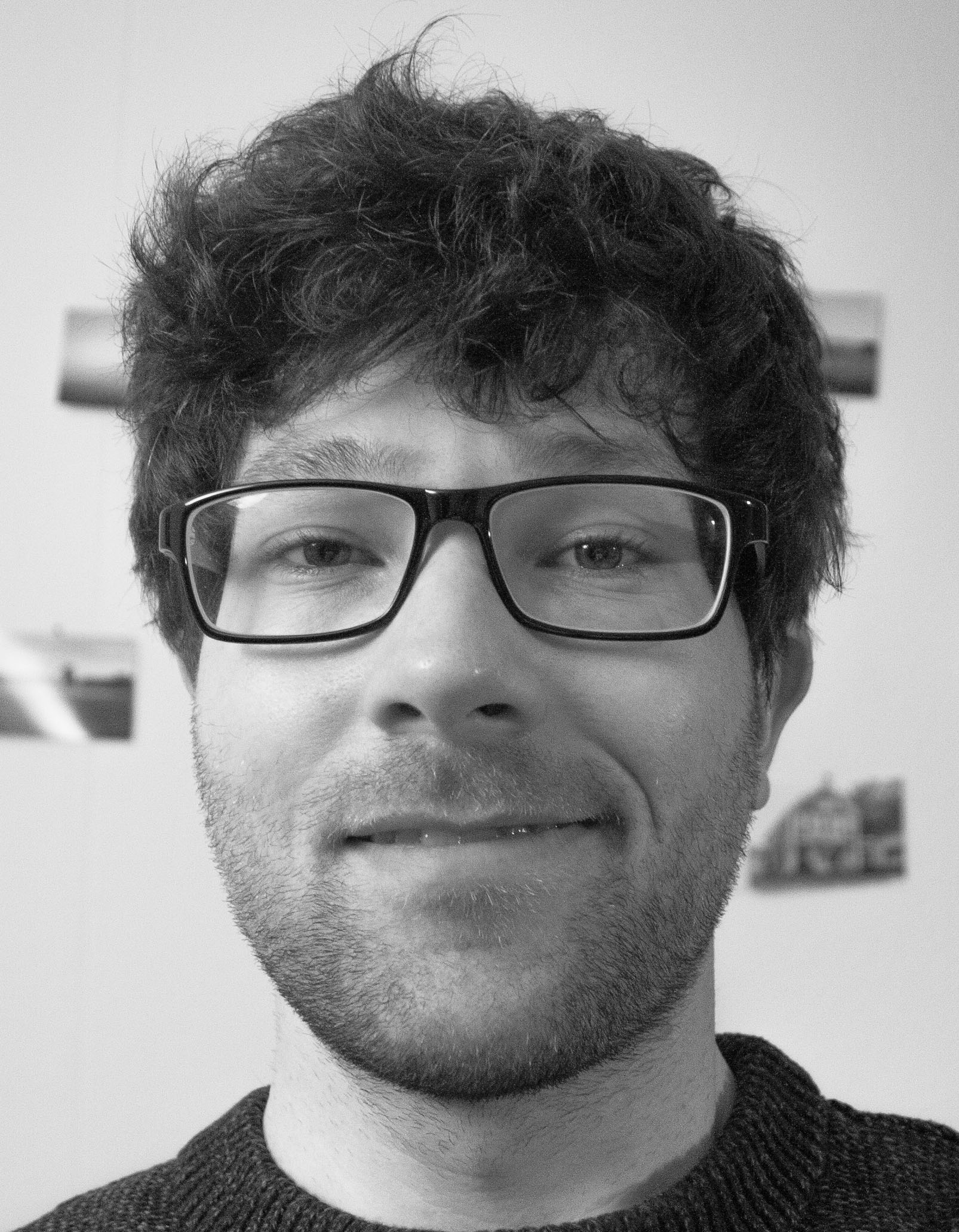I am a molecular biologist, with a background in plant transcription factors, flavonoid biosynthesis, natural colours and metabolic engineering.
In Cathie Martin’s lab at the John Innes Centre, we have recently developed novel suspension cultures from engineered tobacco plants, to obtain stable sources of natural colourants. These cultures can produce exceptionally high levels of red to purple anthocyanin pigments, and allow a scalable constitutive year-around production under controlled conditions.
Intense blue colours are rare in nature and difficult to reproduce in pigment formulations, which is the main reason why almost all blue food colourants are synthetic dyes. Our project aims to investigate the structural properties of anthocyanin preparations that confer strong and stable blue colours and to select for anthocyanins with improved stability as reliable natural colourants. Our goal is to extend our plant cell culture approach to develop the first production platform for blue anthocyanin colourants, to replace synthetic food dyes.











